Not every muscle car got a fair shot. Some had the power, the look, and the right parts—but never got traction with buyers, timing, or the market. Maybe they came out too late, were priced too high, or just didn’t fit the scene. Whatever the reason, they ended up forgotten, skipped, or misunderstood.
This list isn’t about the heroes everyone knows. These are the near-misses, the short runs, the could-have-beens. They ran hard, but not for long. And if you blinked, chances are you missed them entirely.
1970 Ford Falcon 429 Cobra Jet

The ‘70 Falcon was never meant to carry muscle weight, but for one brief year, Ford crammed a 429 Cobra Jet into it. With 370 hp and 450 lb-ft, it had plenty of shove—same engine found in the Torino and Mustang.
It had basic suspension upgrades—HD springs and shocks—but no real performance identity. Inside, it felt like a stripped-down sedan with bench seats and limited trim. Ford didn’t market it, and buyers didn’t bite. Production numbers were low, and it faded into the background just as fast as it showed up.
1966 Dodge Charger 426 HEMI

The fastback Charger looked good on paper—sleek body, bucket seats front and rear, full-length console—but it was too far ahead of its time. Dodge offered the 426 HEMI as an option, making it a legitimate threat with 425 hp and 490 lb-ft.
It rode on a stiffened B-body platform with torsion bars up front and leaf springs in back. The interior was all business, with aircraft-style gauges and a tach right where it should be. Sales were soft though, and HEMI buyers mostly stuck with Coronets or stripped-down Belvederes.
1971 AMC Matador Machine

After the Rebel Machine faded out, AMC tried again with the Matador Machine. It offered a 401 V8 with 330 hp and decent torque, but the bulkier body and duller styling didn’t help. It just didn’t have the same edge.
The “Go Machine” option came with dual exhaust, upgraded suspension, and Rally wheels. Inside, it carried over the Rebel’s layout with a simple dash and basic trim. It never officially took off—there was little marketing, and barely anyone noticed. The Matador Machine faded before most people realized it was even there.
1970 Mercury Cyclone Spoiler 429 SCJ
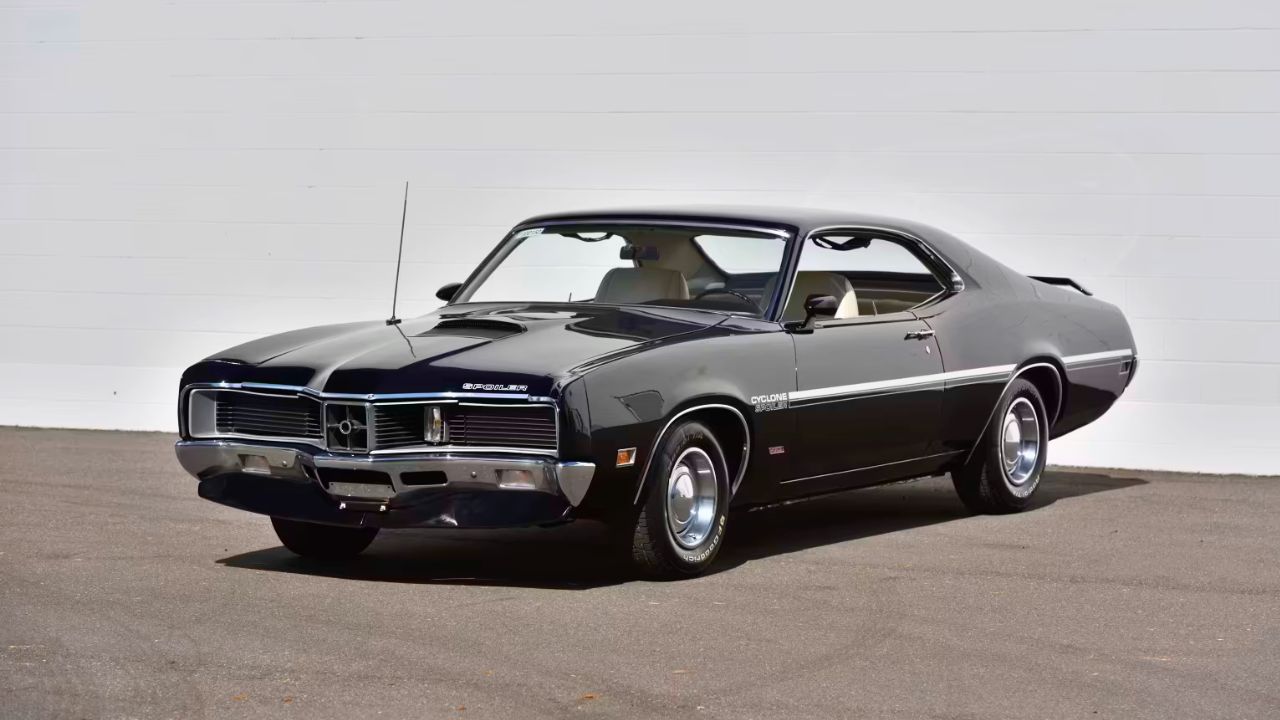
The Cyclone Spoiler had the same 429 Super Cobra Jet as the Torino, complete with Drag Pack and oil cooler. At 375 hp and 450 lb-ft, it moved well. With a 4-speed and 4.11 gears, it was factory-built for strip duty.
Suspension was tight, but the body was bulky and the design wasn’t for everyone. The interior had sport buckets and full gauges, but it still felt more like a cruiser than a straight-up bruiser. Mercury didn’t push it hard, and in the middle of muscle mania, it just didn’t stick.
1973 Pontiac GTO 455
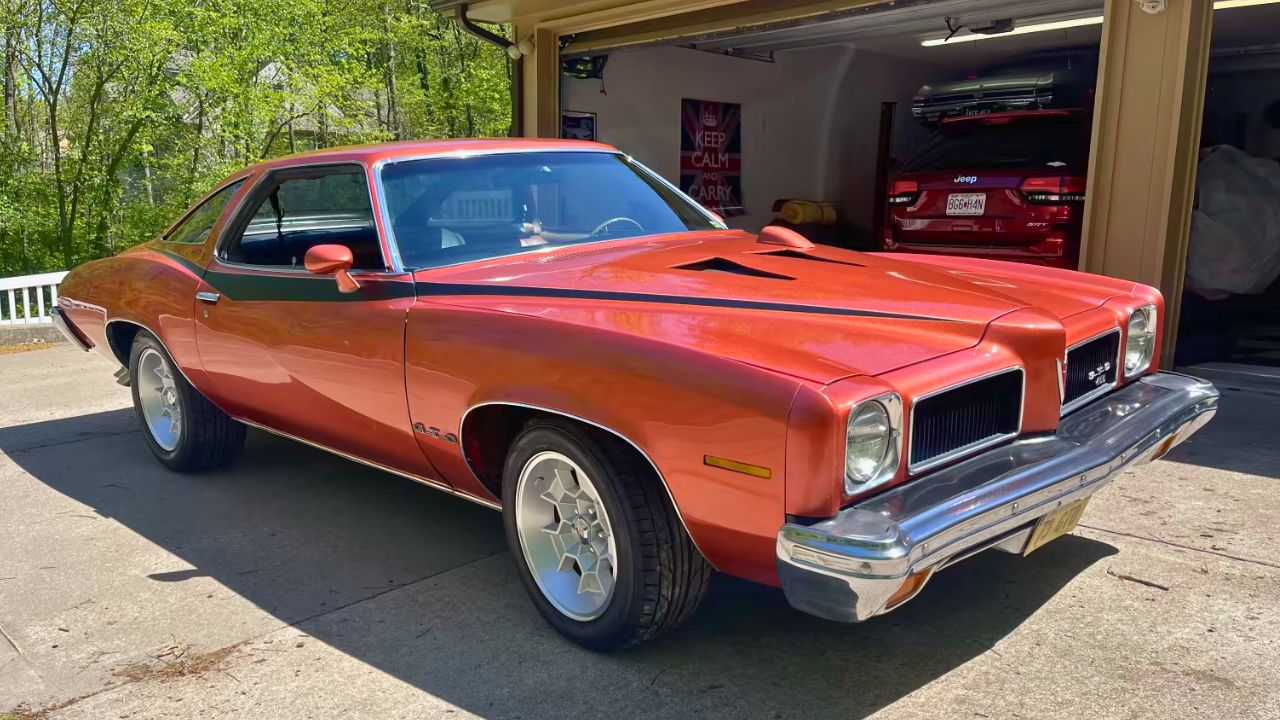
By ’73, the GTO name was sliding, and Pontiac’s attempt to save it involved a 455 V8 with 250 net hp. Torque was still strong, but the car’s size and weight made it feel sluggish compared to earlier years.
It had radial-tuned suspension, which handled better than you’d expect, and the interior still carried a sporty vibe with buckets and a center console. But styling was off, and emissions were kicking in hard. It couldn’t match the pace of earlier models, and most buyers walked past it for smaller, faster options.
1969 Rambler SC/Rambler Hurst

AMC didn’t hold back with the SC/Rambler. Built with Hurst, it packed a 390 V8 with 315 hp in a compact body. It was loud, light, and quick—running mid-14s with the right launch.
It had a short wheelbase, upgraded suspension, and enough body color to stop traffic—complete with ram-air hood scoop. Inside, it was barebones but functional, with a Hurst shifter and basic gauges. It sold under 1,600 units and disappeared fast. Most folks remember the colors, but not the performance that came with them.
1975 Dodge Dart Sport 360

By ’75, muscle cars were pretty much out of steam. Dodge tried to squeeze in one last punch with the Dart Sport 360. It had a 360 V8 with 245 hp and respectable torque, especially in such a lightweight car.
It came with rally suspension, dual exhaust, and optional 3.21 gears. The interior was simple—bench or buckets, with a no-frills dash. It didn’t advertise itself as a muscle car, and that might’ve been the issue. Most overlooked it entirely, and the name was gone before it ever had a chance.
1972 Chevrolet Nova SS 396
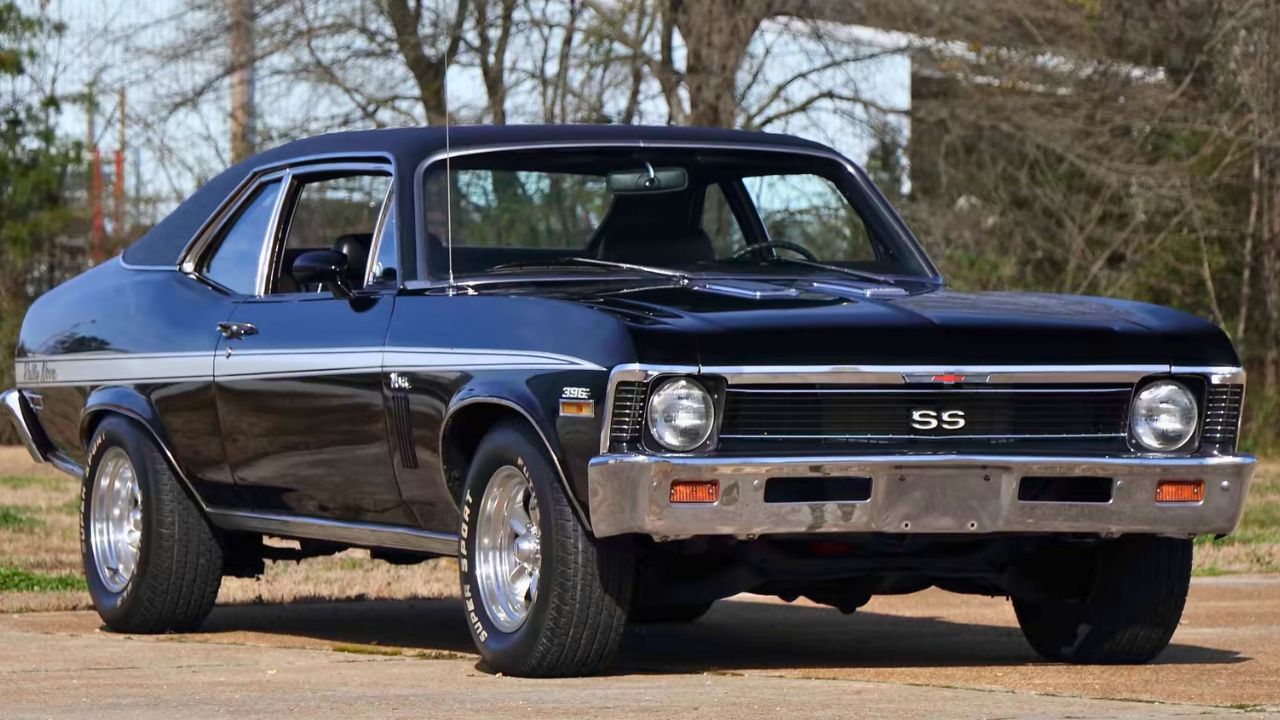
Technically it wasn’t a 396 anymore—it was a 402—but Chevy still called it the SS 396. The big block made 240 net hp, down from earlier years, but the torque stayed strong and it still ran well for a downsized car.
It had F41 suspension, sway bars front and rear, and was available with either a 4-speed or TH400. Inside, it was spartan but solid—sport buckets, console, and SS badging. ’72 was the last year for a big-block Nova, and most buyers were looking toward smaller-displacement performance by then.
1974 Plymouth Road Runner 400
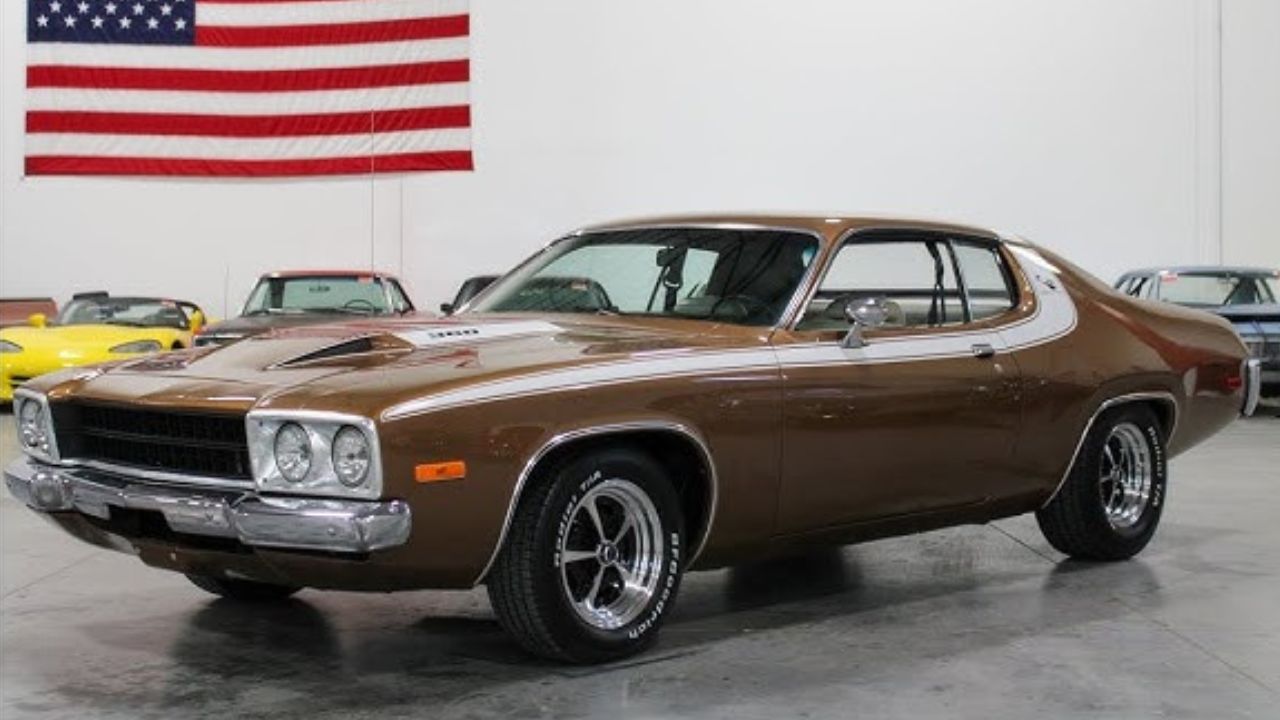
The 1974 Road Runner could still be ordered with a 400 big block, putting out 275 hp. Not earth-shattering, but enough to keep things interesting. It used the B-body chassis and could be optioned with a 4-speed and Sure Grip rear.
Handling wasn’t bad for the size—Plymouth added HD springs and a sway bar setup. Inside, it was still dressed like a muscle car with rally gauges and vinyl buckets. Unfortunately, by ’74, the muscle era was fading, and this version got lost in the shuffle between insurance hikes and gas crunch fears.
1977 Pontiac Can Am

The Can Am was supposed to revive muscle for Pontiac with a Trans Am–sourced 400 or optional 200-hp 403. It had a shaker scoop, rally suspension, and sport mirrors. In white with red-orange striping, it had presence—and speed to match.
Inside, it borrowed from the LeMans Sport Coupe, with bucket seats, woodgrain trim, and a sport wheel. But production was plagued by supply issues, and Pontiac pulled the plug early. Fewer than 1,400 were made before the mold broke—literally. That ended one of the most promising late-’70s muscle entries overnight.
Like what you read? Here’s more by us:
*Created with AI assistance and editor review.

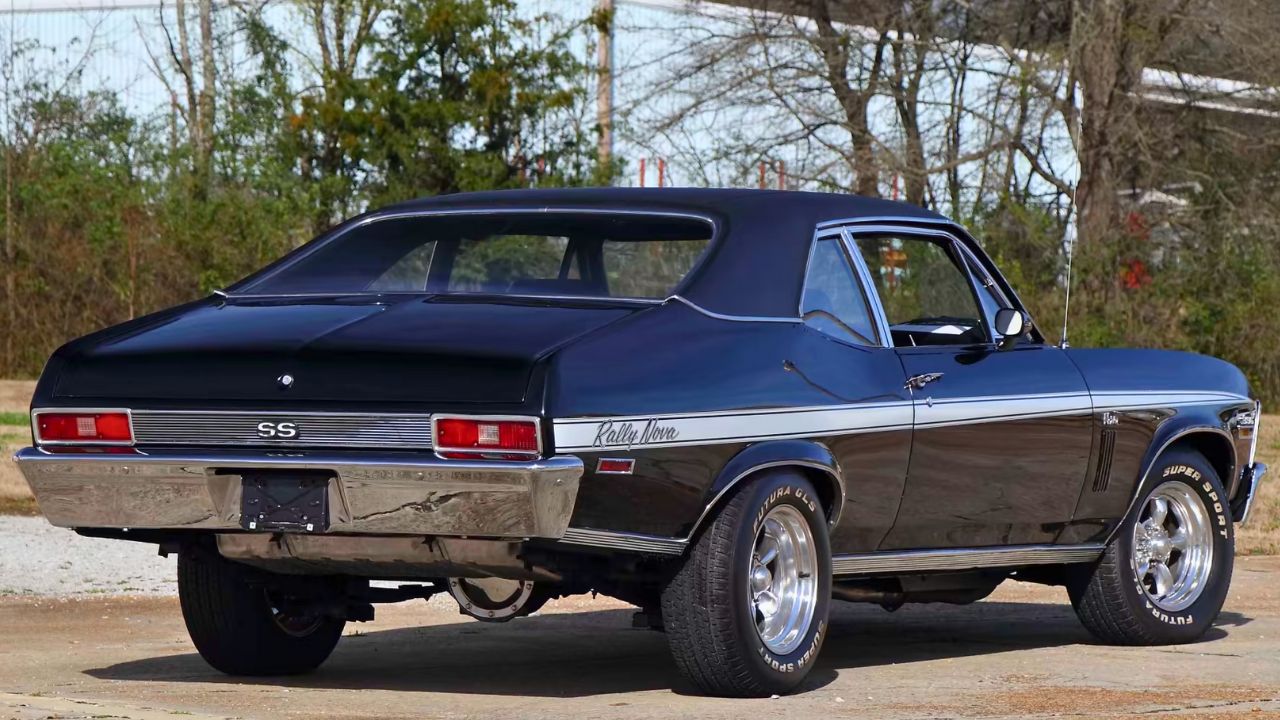
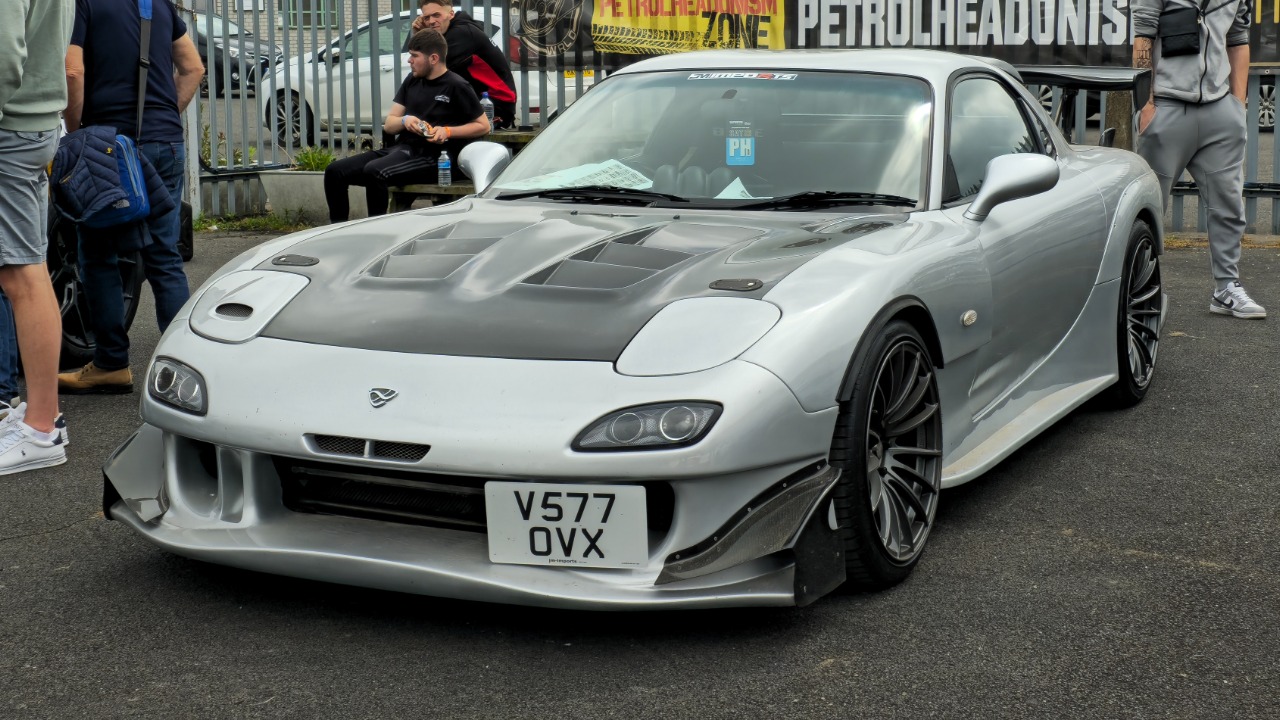
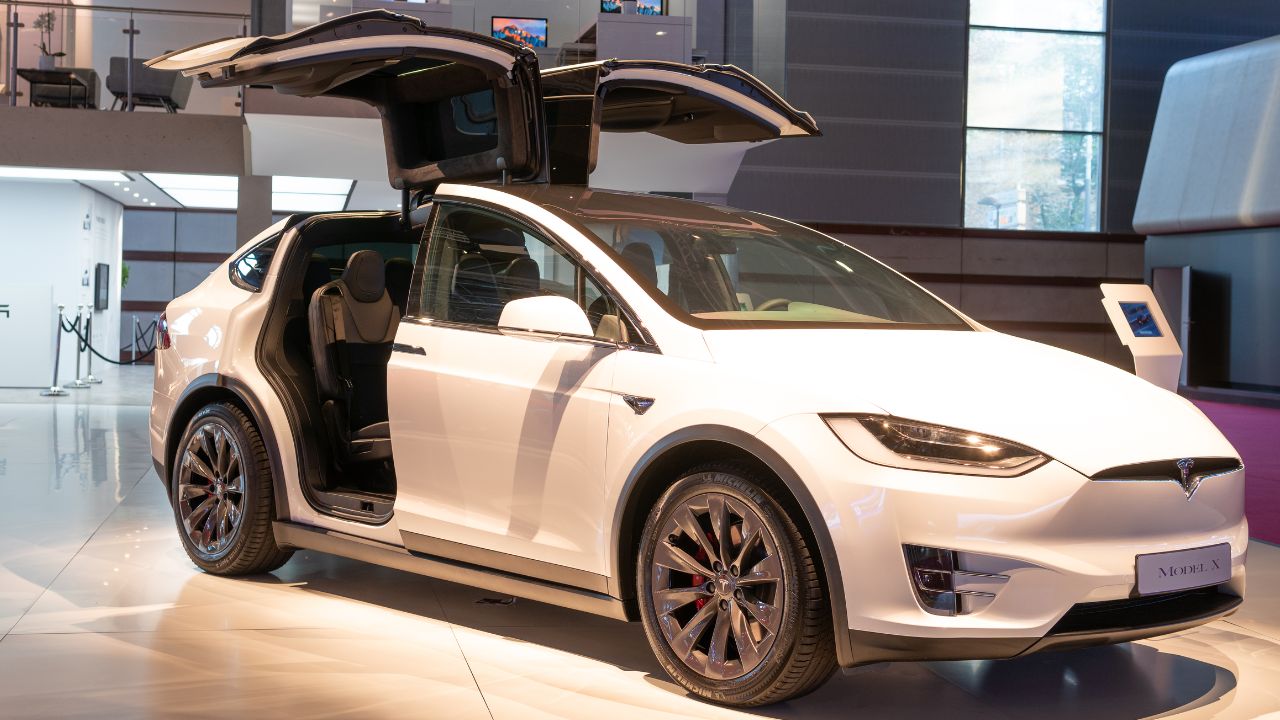

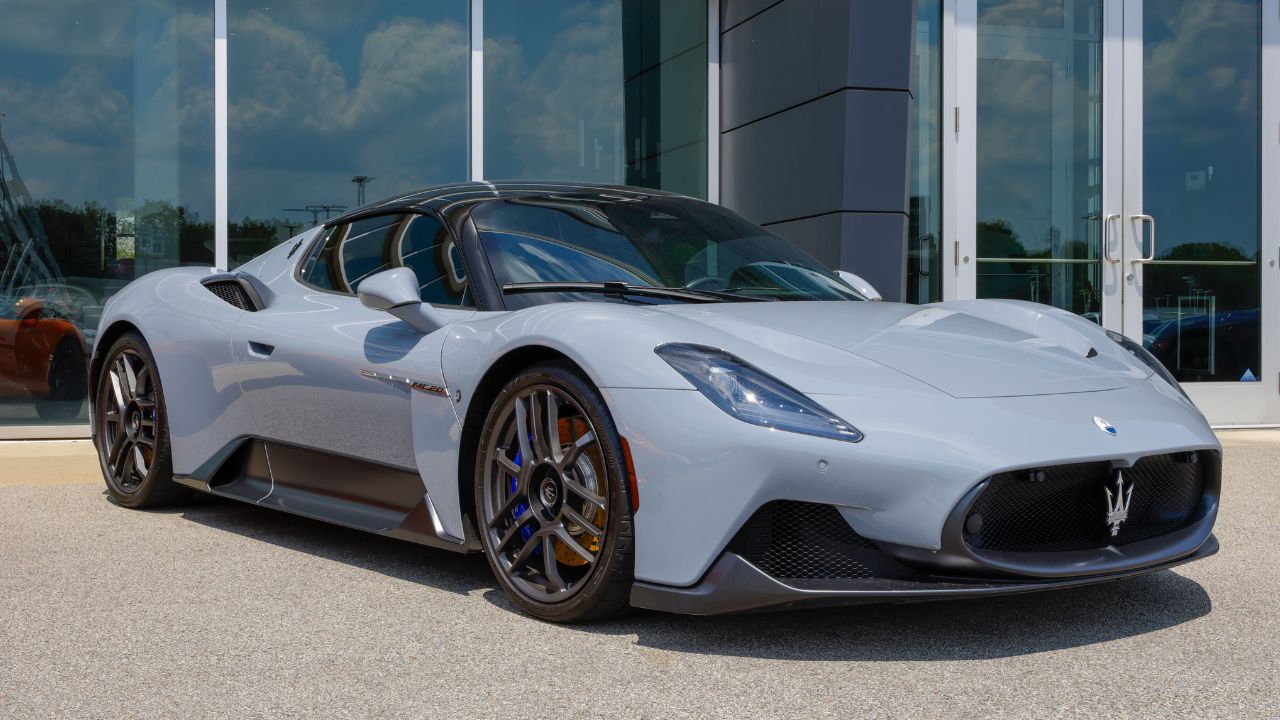
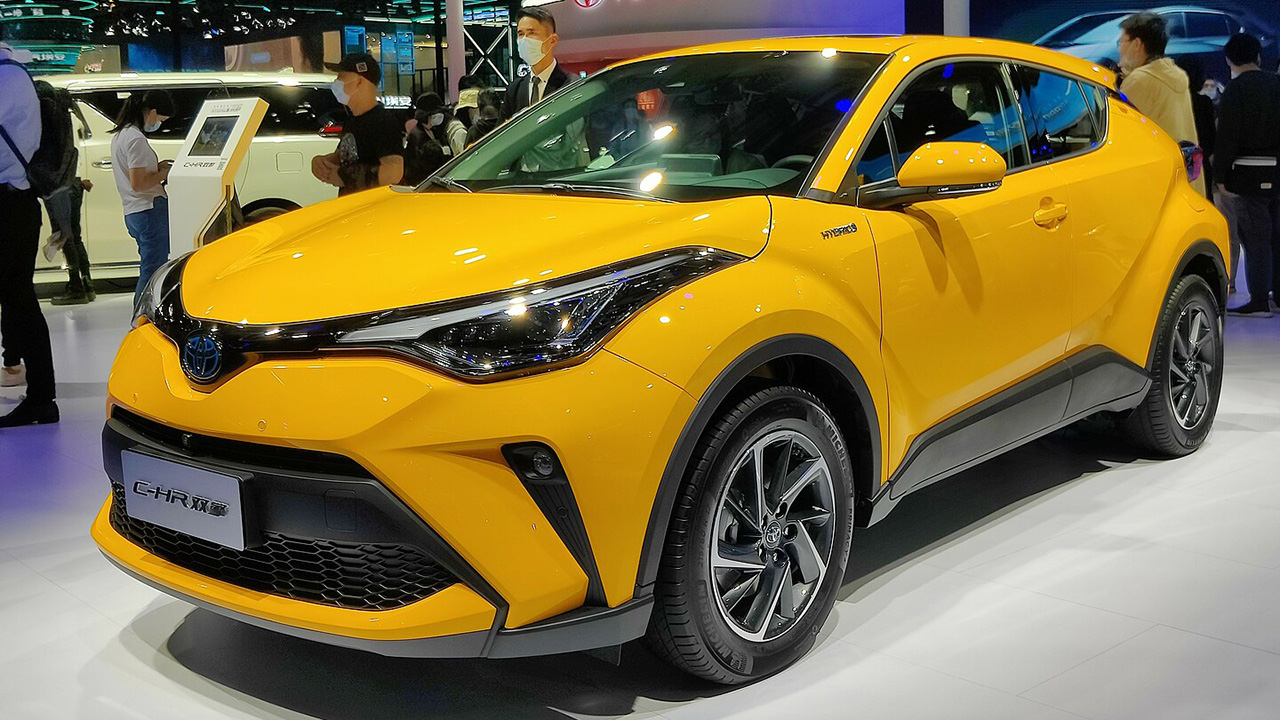
Leave a Reply